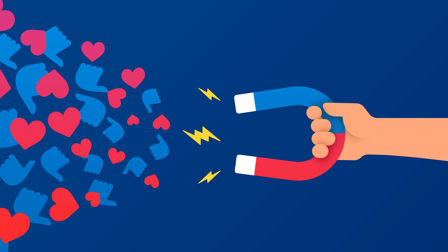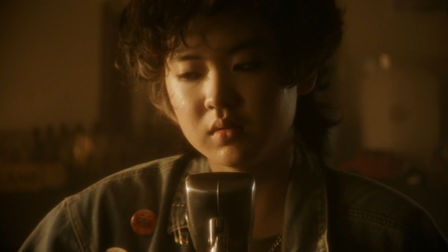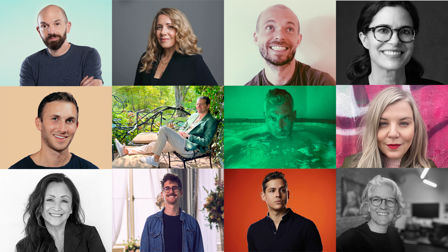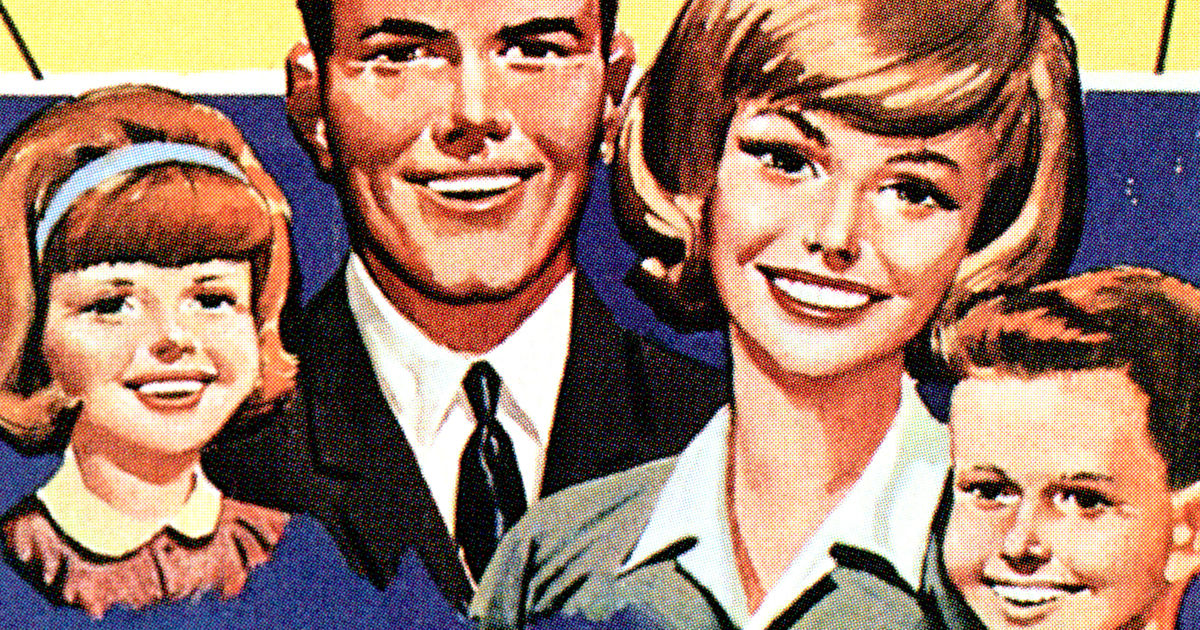10 advertising cliches that need to die
Amy Kean is over the moon to bring you some of advertising's most cliched concepts. She spoke to a selection of the industry's future creative talents to find out which of these outdated offerings are now as old as the hills.
A few years ago, mental health activist Amelia Eve Warden noticed a weird trend.
Every time she saw an ad on the Tube that spoke of depression or mental health, it would feature a picture of a man or woman clutching their head. Clutching their head and sitting in the corner of a room. A room with no furniture. “When I’m depressed I don’t sit in the corner of a room clutching my head. I lie in bed and eat pizza,” Amelia told us. It was such an inaccurate and widespread cliche that she decided to launch a campaign to counteract the ridiculous head-clutcher image.
I asked some of tomorrow’s creatives - students and those new to the game - what cliches need to die?
Entitled #TooWildToLive (too beautiful to die) the campaign featured members of the LGBTQ+ community who suffer from depression, anxiety, or other mental conditions like ADHD or addiction, posing normally. Standing in front of a camera. In full colour. Their heads and hands as far apart as possible. Amelia told me about this campaign recently. It’s one of approximately 10,000 things she’s trying to fix in society. At 21, she became the youngest PR CEO in the country and, like many young people, has taken it upon herself to not only change the world, but modernise the communications industry.
So, I asked some of tomorrow’s creatives - students and those new to the game - what cliches need to die? Here’s the terrible top 10.
1. Adorable puppies
Why are dogs used so much in advertising? Talitha Caswell, an aspiring marketer at the Kingston School of Art, thinks they’re an overused and lazy mascot. “The Andrex puppy and big fluffy Dulux dog have nothing to do with the product,” she says. As marketing matures, Talitha thinks the days of bulldogs on skateboards and Chihuahuas riding shotgun may be drawing to a close. Leave dogs to dog brands and charities, she says. Especially when organisations like The Dogs Trust need to win people over with often far less glamorous and aesthetically pleasing pups.
Charlotte and Holly are bored to the back teeth with flake-free stars like Claudia Winkleman pushing a £4.99 shampoo she almost certainly does not use.
2. Celebrity endorsements
Creative pair (looking for a placement) Charlotte and Holly are bored to the back teeth with flake-free stars like Claudia Winkleman pushing a £4.99 shampoo she almost certainly does not use. “Frankly, we find it patronising and a little insulting to audiences that you think they’d believe this,” they say, also questioning how much Nicole Scherzinger really eats Muller yoghurt. The only valid exceptions, they reckon, are where the ambassador and the product are aligned, adding to a message, rather than diluting it. “Virgin media is as fast as Usain Bolt, so there is a logic and a message behind his endorsement. We’re just asking that celebrity endorsements make sense.”

3. If they cry, they buy
Christmas is exhausting. Not only do we have to buy presents, go to parties, and endure organised workplace fun on Zoom, but advertisers insist we cry constantly, too. Ellis Brown, a future creative director, is done with attempts to mimic the early emotional success of John Lewis’ festive ads. This “if they cry, they will buy” approach was once effective but Brown believes it could now be pushing consumers away. “It leads to an inability to tell adverts apart from each other,” he says.
There is a reason why Tesla don’t need to advertise.
What’s the solution, according to Brown? The revolutionary act of having a good product, or distinctive personality. “There is a reason why Tesla don’t need to advertise,” he says. “It’s because they are selling you the product through the personality they present online. This approach is much more effective compared to the pathetic attempts at tugging at heart strings or ramming pop culture down people’s throats. The future of advertising is advertising that you don’t know is advertising.”
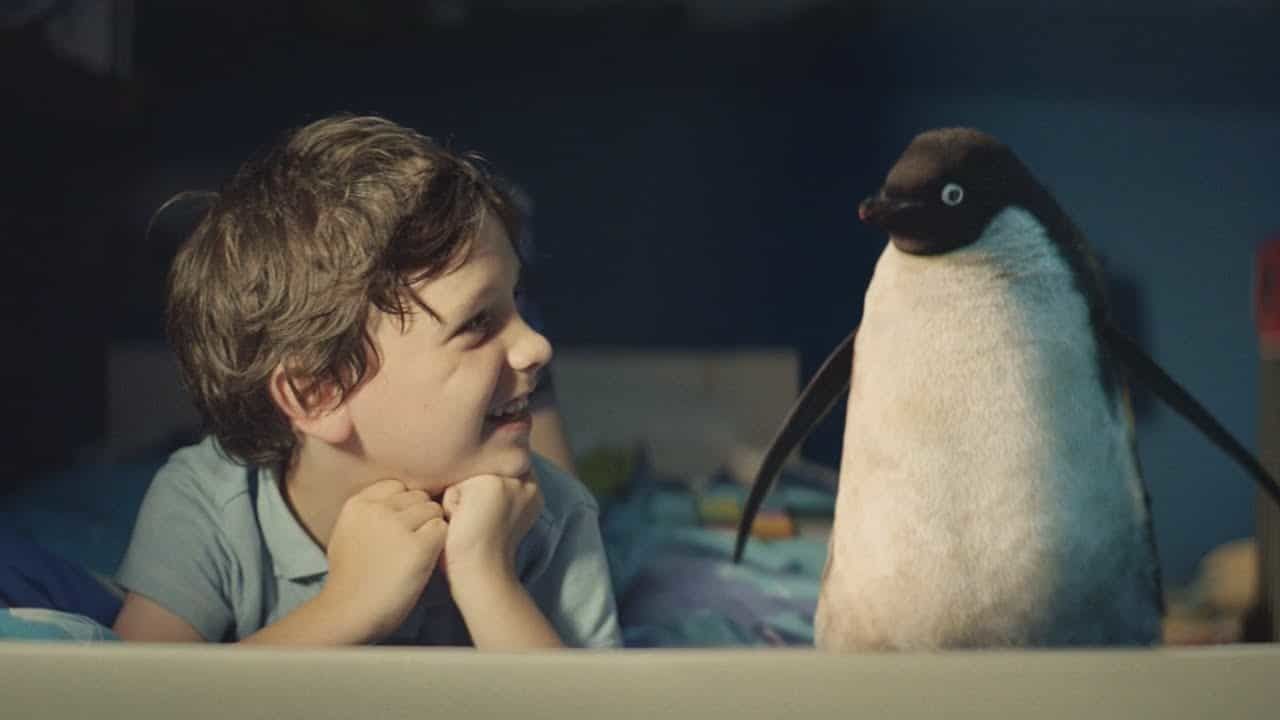
4. Sexy chocolate
I don’t know about you, but I feel at my most attractive when I’m binging on a KitKat Chunky. The genderisation of snacks is probably as stupid as you can get in advertising (almost as weird as selling young women Diet Coke). Will Turner, currently studying an MA in Advertising and Marketing at the University of Leeds, has had enough of the thin, attractive woman mating with a bar of Galaxy, or a man eating a manly, microwaveable burger.
The genderisation of snacks is probably as stupid as you can get in advertising.
“I'd LOVE to see a flip,” says Turner. “A beer-bellied fella treating himself to a hot bath, Champagne, and a few squares of Green and Black’s. On the other side of the coin, a hard-hatted woman pounds a multipack of Snickers and plows a wrecking ball through the old offices of an accountancy firm.”
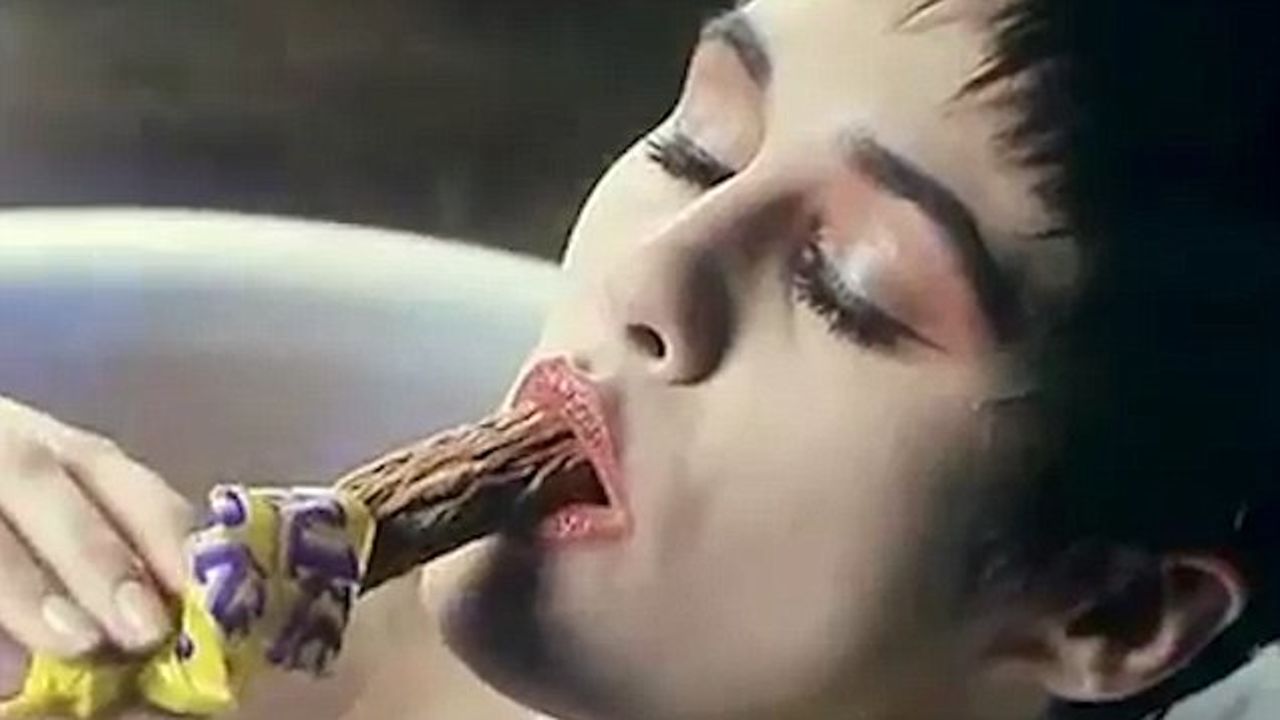
5. Carpe diem
Let me us be lazy, for crying out loud! Caitlin Hemsley, a creative at the University of Lincoln, is completely over ads telling her to seize the day, to live in the now and just do it. Just do it all. Now! Not tomorrow, now. Today. “No ad is gonna make me drop everything I’m doing, clear my plate and/or free my mind of all the stresses just to do what it tells me to do,” she says. “Besides, if I’m doing everything today, what’s actually left to do tomorrow?”
Brands who use influencers that already promote unrealistic body images ultimately lead their followers to adopt an unhealthy mindset.
6. Love your body! And then get a new one!
There is no greater (and more criminal) contradiction than the way women are spoken to on social media. The ad business has been exploiting and driving female insecurities and anxieties for decades, yet we still can’t seem to let them… live. Nephthali Mbila, a fashion social media manager-in-waiting, currently studying at Kingston, thinks the hypocrisy is too serious to ignore. “Women are being told to love their bodies and ‘embrace’ inner beauty but at the same time social media pushes the idea of extreme dieting and fitness,” she says. “Brands who use influencers that already promote unrealistic body images ultimately lead their followers to adopt an unhealthy mindset of comparison and body dissatisfaction. The advertising and marketing industry need to be aware of the long-term effects and take accountability of the wrong decisions they make.”

Above: Tomorrow's Creatives; [centre] Jas Nandoo, [clockwise from top left] Harry and Hibs, Caitlin Hemsley, Ellis Brown, Nephthali Mbila, Georgette Fischer, Talitha Caswell, Will Turner and Charlotte & Holly.
7. Empowerment
Ironically, when used in the context of women’s rights and identities, hearing the word 'empowerment' makes me want to lock myself in a cave in the middle of the ocean and stay there. Jas Nandoo, one half of junior creative students JasAndGeo, at the University of Lincoln, needs the word to go. Patronising, hackneyed and uninspiring, whilst the meaning of the word is lovely, its excessive use is yet another example of women being told what to do by out-of-touch advertisers. Says Nandoo: “Stop throwing the word at people. If you can’t even attempt to empower people without using the word, it’s probably not a good campaign.
Marketers don’t realise that in presenting unrealistic and old school norms they’re also perpetuating them.
8. The happy family
Leda Tsoutreli, a student of the Creative and Cultural Industries at Kingston, believes that outmoded ads are setting the benchmark way too high. “I remember when I was a kid, asking my mum: "why are all families so happy in ads, and why is it not like that in real life?". I always got the same answer: "Because that's not real life". But it seemed so real to me. I couldn't shake the idea out of my mind; I wanted to be like them; laughing all the time, going on picnics all together.” Indeed, marketers don’t realise that in presenting unrealistic and old school norms they’re also perpetuating them. With the ultimate truth bomb, Leda adds: “Let's face it, the 20th-century family standard has changed; it's not that happy.”
Georgette Fischer, the other half of junior creative students JasAndGeo, at the University of Lincoln, agrees, referring to the textbook 'mother cooking up a storm in the kitchen'. (Even the government’s latest NHS ad, which tells us to stay home and save lives, has mums at home with the kids, doing the ironing and painting the living room). No one’s fooled by this harmonious, matriarchal, dinner time nonsense. Adds Fischer: “We don’t want perfection. We want realism: arguments about what to have for dinner and how it’s been overcooked.”
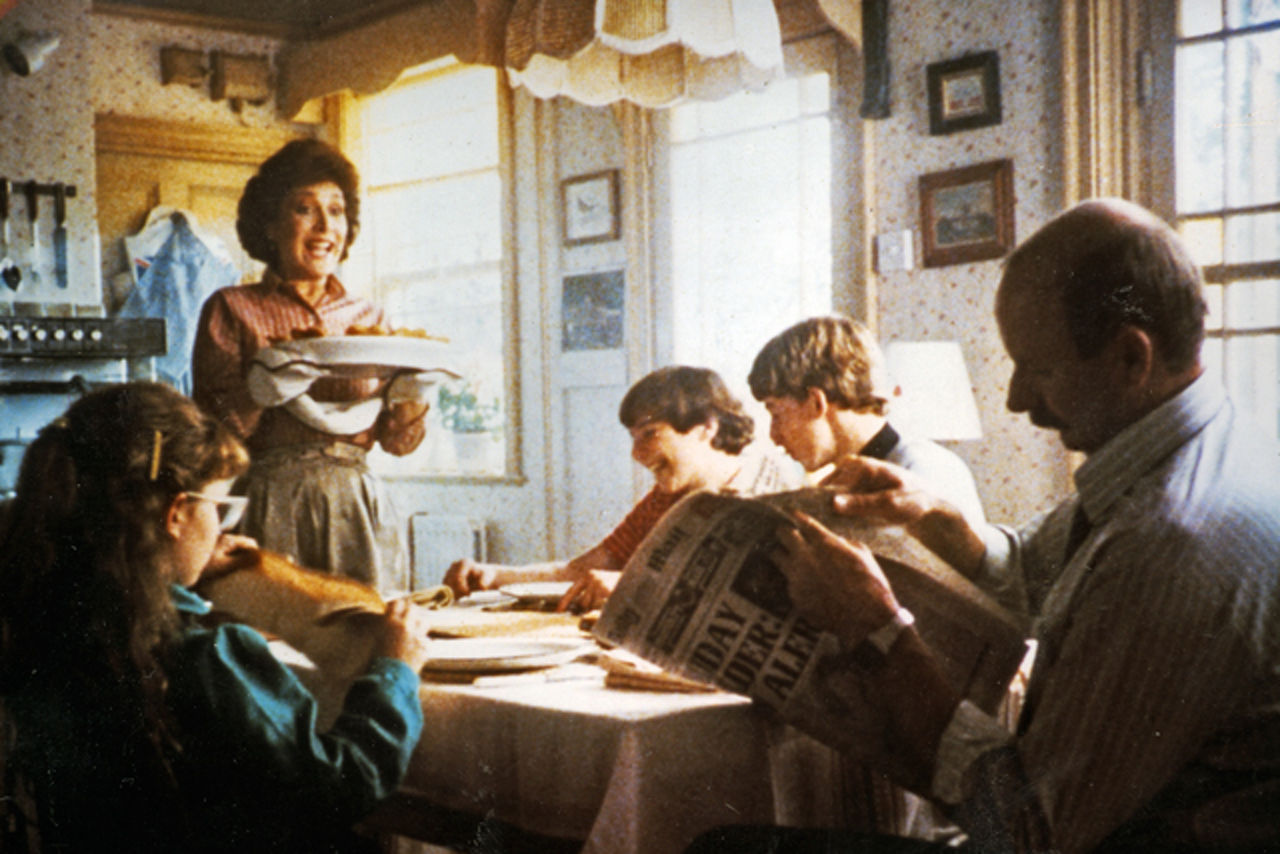
9. How do you do, fellow kids?
All young people are cool. Every single one of them. According to scientists, it’s a true fact that the cool genome grows at approx age 15 and evaporates at age 25. Out of the mouth and into thin air, because this is how science works. And so, as a marketer, if you want to be cool like the cool kids and win over a young audience, you’ve gotta speak their language. You gotta slap, and spill the tea. Creative duo Harry & Hibs want brands to stop trying to talk like young people, finding it both unbearable and pointless. “Using terms like slaying, swag or on fleek, it always feels so forced and out of touch,” they snarl, between gritted teeth, looking like the cringe emoji 😬 because emojis are cool, right? RIGHT?!
Disruption is one of the worst things to happen to advertising since Hovis sliced white bread and pretended it was part of a healthy, balanced diet.
10. Disruption
And finally, the worst and most frequent? The D word. Of course, while some D can be good for you (I’m talking about Vitamin D curing Covid, you creeps) disruption is one of the worst things to happen to advertising since Hovis sliced white bread and pretended it was part of a healthy, balanced diet. Rachel Cameron Potter, Content Writer at Artiste Culture, has grown weary of the hyperbole. “There’s an irony in disrupting disruption,” she says. “Once upon a time, the word had weight. There was something exciting and enigmatic about a product that promised to bulldoze the conventional, demolishing a broken system to make way for innovation.”
But no longer. The word provides meaningless lip service and is the ultimate brand-related bullshit. And, if 2020 is anything to go by, human beings aren’t a massive fan of it, either. Cameron Potter continues: “Instead of disruption, focus on solidity. Show me that your product is robust, that it has stood the test of time. By abandoning disruption, we divert our attention away from the fragile structures of the past and instead look towards establishing concrete foundations from which we start to rebuild for the future.”
Personally, I’m quite looking forward to a common-sensical future with these creatives in charge.
Are you a young creative, at university or new to the industry? We want to hear your views. Join the Tomorrow’s Creatives LinkedIn Group to share your punchy opinions on the shit we need to sort out.
)




 + membership
+ membership




